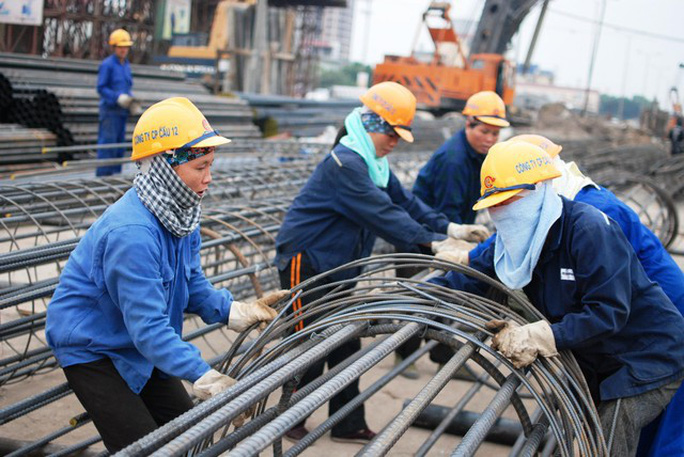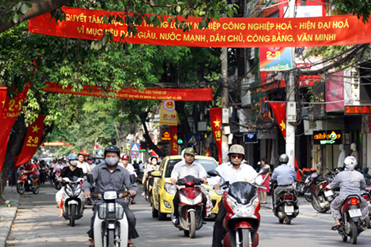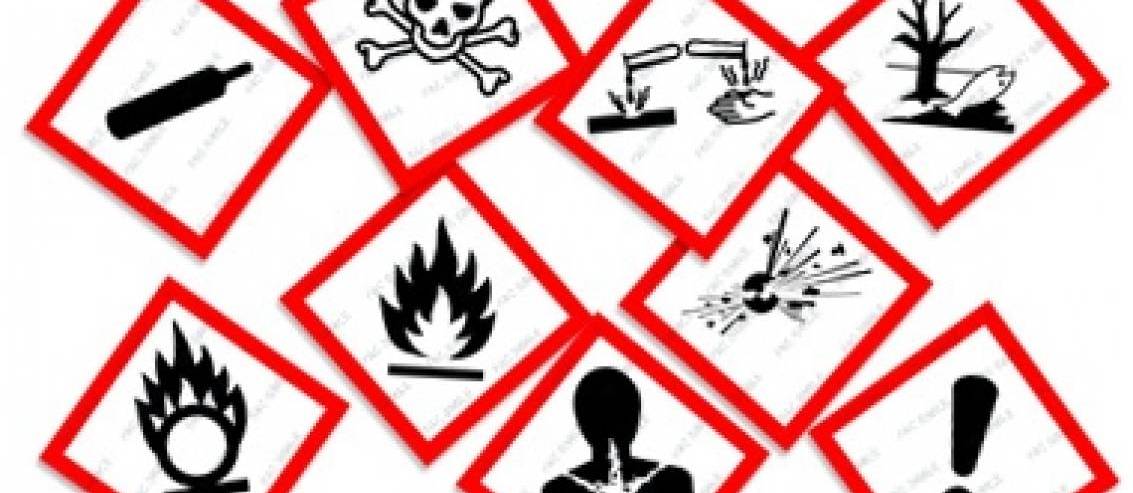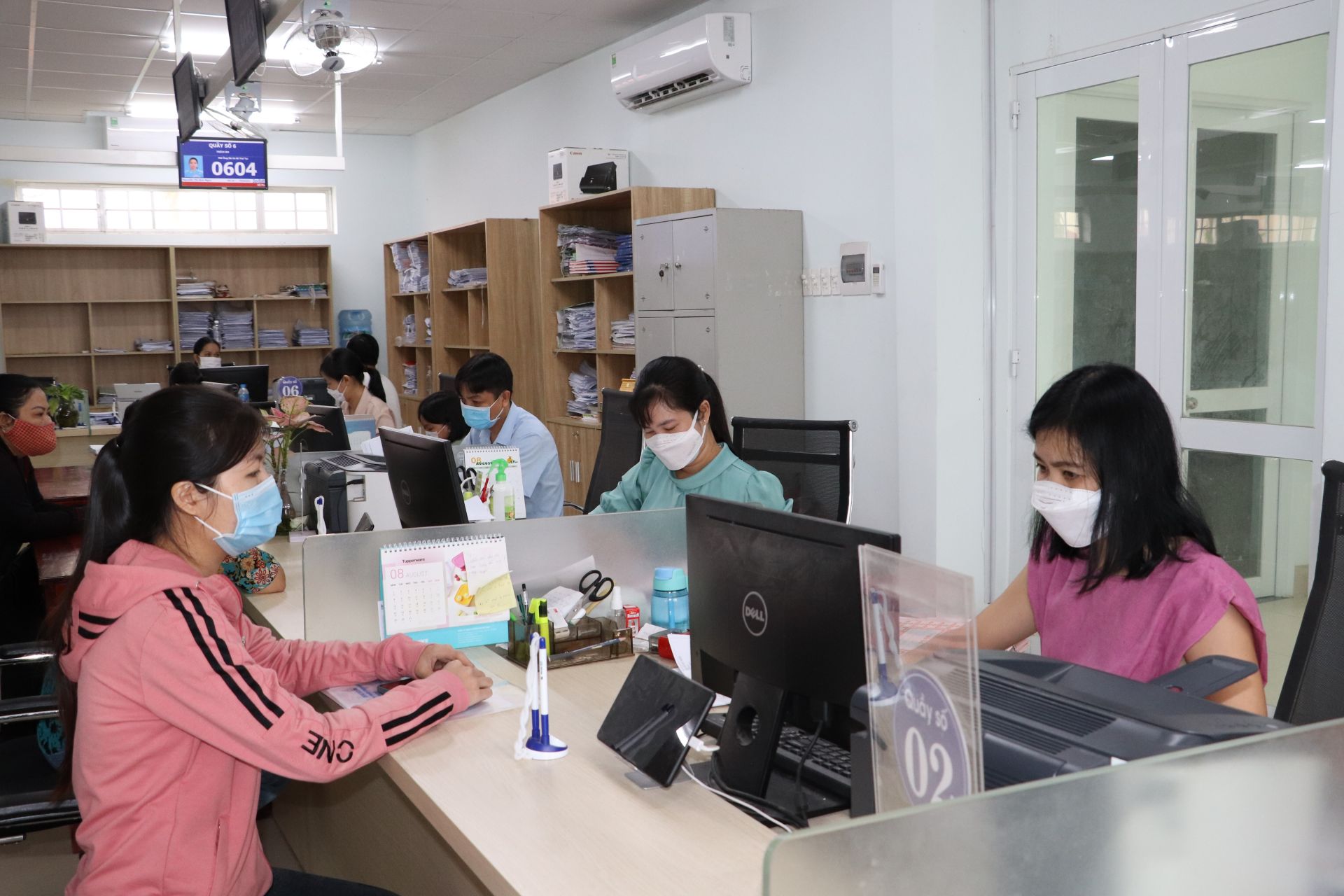On November 12, 2020, the Ministry of Labor, War Invalids and Social Affairs issued Circular 10/2020/TT-BLDTBXH elaborating and guiding certain articles of the the Labor code 2019.

55 occupations and jobs with hazards to reproductive function and children raising of female employees in Vietnam (Internet image)
Specifically, Article 142 of the Labor Code 2019 stipulates: "Employers must provide adequate information to their employees on the hazards and requirements of the works to before the employees make their decisions; ensure occupational safety and health of the employees when assign them any of the works on the list jobs and works that are harmful to child-bearing and parenting functions."
Now, the MOLISA has issued a list of jobs with hazards to reproductive function and children raising of female employees in Circular 10/2020/TT-BLDTBXH, including the following 55 occupations and jobs:
|
55 Jobs with hazards to reproductive function and children raising of female employees
|
1. Directly melting and pouring molten metal in furnaces: |
|
2. Hot metal rolling (except non-ferrous metal). |
|
|
3. Directly refining non-ferrous metal ores (copper, lead, tin, mercury, zinc, silver). |
|
|
4. Heating up the coke furnace |
|
|
5. Welding in confined spaces, welding at a height over 10m above the work platform. |
|
|
6. Drilling for exploration, drilling and blasting. |
|
|
7. Prying rocks on the mountain. |
|
|
8. Install drilling rig at sea. |
|
|
9. Drilling to explore oil and gas wells. |
|
|
10. Working in regular shifts at offshore drilling rigs (except for those in charge of health - social services, accommodation services). |
|
|
11. Maintenance and repair of power lines in underground sewers or on outdoor poles, high-voltage power lines, and erection of high-voltage poles. |
|
|
12. Maintenance, erection and repair of river-crossing poles and antenna poles. |
|
|
13. Working in sunken tanks. |
|
|
14. Directly aligning in construction of large plate or large structure by manual method. |
|
|
15. Directly digging wells, and performing well completion by manual methods. |
|
|
16. Directly digging up large tree stumps, felling big trees, moving, using levers to slide logs down hillside, loading and unloading large timber, manually sawing large trees with diameter more than 40 cm by manual methods; sawing and cutting branches, pruning branches at a height of over 5m by manual methods. |
|
|
17. Using hand-held machines running on steam with pressure of 4 atm or more (such as drills, hammer machines). |
|
|
18. Driving heavy construction machines with a capacity of more than 36 hp such as: excavators, bulldozers, crawler vehicles (except machines with hydraulic support). |
|
|
19. Painting, repairing, building, plastering, cleaning, decorating on the outside of high-rise buildings (from the 3rd floor or higher or at the height of more than 12m above the work platform) without lifting machines or lifting cranes or solid scaffolding. |
|
|
20. Diving to retrieve sunken timber, pulling the timber in locks and slopes to the shore. |
|
|
21. Floating rafts on rivers with many waterfalls. |
|
|
22. Harvesting of bird nests (except for the case of exploitation of bird nests in bird nest houses); harvesting of bat manure. |
|
|
23. Works on board a seagoing vessel (except for works in restaurants, rooms, desks, reception on cruise ships). |
|
|
24. The work of guarding ships, guarding ships in locks and slopes. |
|
|
25. Boiler operation (except for automatic operation, boiler operation using oil and electricity energy). |
|
|
26. Operating trains (except trains with highly automated operating modes, urban trains, tourist trains). |
|
|
27. Shipbuilding works (wooden ships, iron ships) requiring carriage of work piece weighing 30 kg or more. |
|
|
28. Surveying rivers in areas with high rapids and dangerous deep mountains. |
|
|
29. Operating dredgers; floating cranes. |
|
|
30. Driving cars with a load of over 2.5 tonnes (except for cars with a load of less than 10 tonnes with power assistance systems). |
|
|
31. The works requiring carriage of more than 50kg. |
|
|
32. Operating slashers, dyers of all kinds, drying stenters, glossmeters, and sanforizers (except machines with automatic operation). |
|
|
33. Laminating large, hard leather (except for machines with automatic operation). |
|
|
34. Driving agricultural tractors with an output of 50 hp or more. |
|
|
35. Autopsy, laying out and shrouding deceased persons, burial of deceased persons (except electric burial), moving graves. |
|
|
36. Pouring concrete under water; divers. |
|
|
37. Dredging underground sewers (except automatic dredging, by machine); jobs requiring soaking in dirty water regularly (from 04 hours in a day or more, more than 3 days in a week). |
|
|
38. Digging kilns; digging wells; mining works (except for those in charge of health and social services and ad-hoc works requiring management and administration, but must comply with applicable national technical regulations on safety and regulations on health standards for workers in mines). |
|
|
39. Operating nuclear reactors for study of nuclear power plants. |
|
|
40. Using radioactive substances. |
|
|
41. Production and processing of radioactive substances. |
|
|
42. Storing radioactive substances and handling and storing radioactive wastes and used radioactive sources. |
|
|
43. Using radiation equipment, operating irradiators. |
|
|
44. Packing and transporting radioactive substances, nuclear source materials, nuclear materials. |
|
|
45. Exploration, exploitation and processing of radioactive ores. |
|
|
46. Providing support services for the application of atomic energy with possibility of direct exposure to ionizing radiation. |
|
|
47. Direct exposure to paint in the process of producing lacquer crafted products, lacquer painting. |
|
|
48. Producing, manipulating, direct exposure to metal in the process of making graphics related to metal engraving. |
|
|
49. Circus performers (adventure, contortion, trained animals, balancing). |
|
|
50. Water puppetry. |
|
|
51. Ballet. |
|
|
52. Direct inventory, preserve, repair, and restoration of documents, books, newspapers, movies and photos in the archives, technical preservation rooms of libraries. |
|
|
53. Directly working in mobile libraries, document rotation. |
|
|
54. Inventory, preservation, technical handling, repair and restoration of museum artifacts. |
|
|
55. Industrial sanitation of 500kVA transformer station. |
Some notes when performing the above occupations and jobs:
An employer shall:
- Make public the jobs with hazards to reproductive function and children raising in the workplace to the employees (hereinafter referred to as the jobs with hazards to reproductive function and children raising);
- Keep the employees well-informed of hazards and prevention and control measures against the dangerous or harmful factors of the jobs with hazards to reproductive function and children raising for them to choose and make a decision; for employees who choose to do these jobs, give them check-ups before doing the jobs, give them routine check-ups and occupational disease check-ups and ensure safety conditions and labor hygiene as per the law.
An employee shall:
- Acquire an appropriate understanding of the jobs with hazards to reproductive function and children raising; and then consider entering into, amending or performing the employment contract as prescribed;
- Comply with regulations of law on safety, labor hygiene while doing the jobs with hazards to reproductive function and children raising under the employment contract.
Circular 10/2020/TT-BLDTBXH takes effect on January 1, 2021.
Le Hai
 Article table of contents
Article table of contents










.Medium.png)
.Medium.png)
.Medium.png)
.Medium.png)
